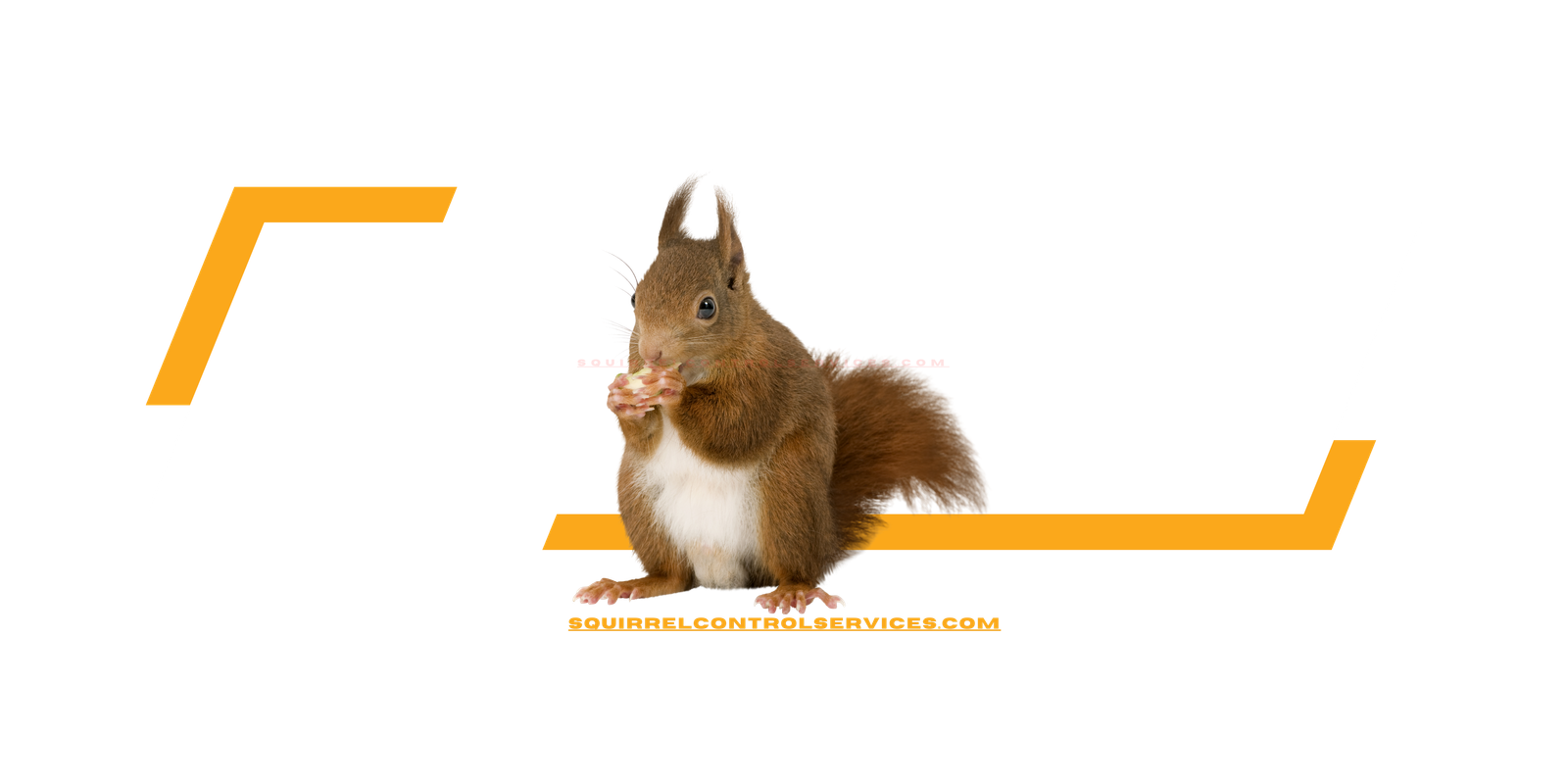Understanding the Gestation Period of Squirrels

Squirrels, those agile and resourceful creatures, have a fascinating reproductive cycle. In this article, we delve into the details of the gestation period of squirrels, providing comprehensive insights into their breeding habits, developmental stages, and the care required for their young.
- Squirrels in the attic? You only have a short window of time to resolve your squirrel issue in the attic once a female squirrel is pregnant so acting fast and hiring a wildlife control company is the best course of action.
Squirrel Reproduction: An Overview
Squirrels are known for their prolific breeding capabilities. They typically breed twice a year, with the peak breeding seasons occurring in late winter and mid-summer. The mating process involves complex behaviours and rituals, ensuring the selection of the fittest partners.
Gestation Period of Squirrels
The gestation period of squirrels varies slightly between species but generally ranges from 38 to 46 days. This short gestation period is a marvel of nature, allowing squirrels to reproduce efficiently and increase their populations quickly.
Eastern Gray Squirrel
For the Eastern Gray Squirrel (Sciurus carolinensis), the gestation period lasts about 44 days. After mating, the female prepares a nest, known as a drey, where she will give birth and care for her young.
Red Squirrel
The Red Squirrel (Sciurus vulgaris) has a gestation period of approximately 38 to 39 days. These squirrels are known for their territorial nature, and the female ensures a safe and secure nesting site for her offspring.
Fox Squirrel
Fox Squirrels (Sciurus niger), the largest tree squirrels native to North America, have a gestation period ranging from 44 to 45 days. The females exhibit a high level of care, ensuring that their nests are well-protected.

Developmental Stages of Squirrel Pups
Once born, squirrel pups undergo several critical developmental stages:
Neonatal Stage
In the neonatal stage, which lasts for about three weeks, squirrel pups are born blind, hairless, and completely dependent on their mother. They rely on her for warmth, nutrition, and protection.
Juvenile Stage
The juvenile stage spans from the third to the sixth week. During this period, the pups begin to develop fur and open their eyes. They start to explore their surroundings under the watchful eye of their mother.
Weaning Stage
By the eighth week, squirrel pups are typically weaned off their mother’s milk and begin to eat solid food. They start practicing essential survival skills such as foraging and climbing.
Independence
Around 10 to 12 weeks of age, young squirrels reach independence. They leave the nest and establish their own territories, continuing the cycle of life.
Care and Survival of Squirrel Pups
The survival of squirrel pups is heavily influenced by the mother’s care and environmental factors. Predators, food availability, and weather conditions play significant roles in their survival rates.
Parental Investment
Mother squirrels invest significant time and energy into raising their young. They are known to build multiple nests and move their pups if they sense danger.
Predation and Threats
Young squirrels face threats from predators such as hawks, owls, snakes, and even domestic cats. The mother’s vigilance and the pups’ ability to quickly learn survival tactics are crucial for their survival.
Conclusion
Understanding the gestation period and the developmental stages of squirrels provides valuable insights into their reproductive strategies and survival mechanisms. These resilient creatures continue to thrive due to their efficient breeding cycles and the dedicated care of their mothers. By studying their life cycles, we gain a deeper appreciation for the complexities of wildlife and the importance of preserving their natural habitats.



Comments are closed.